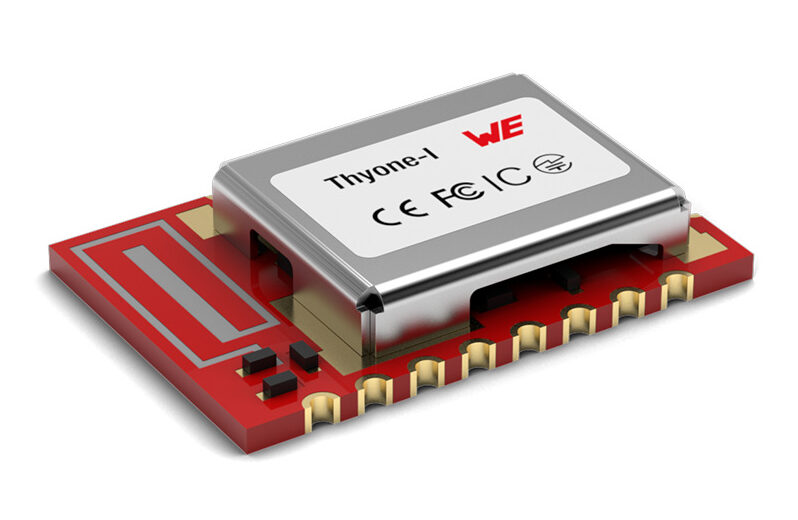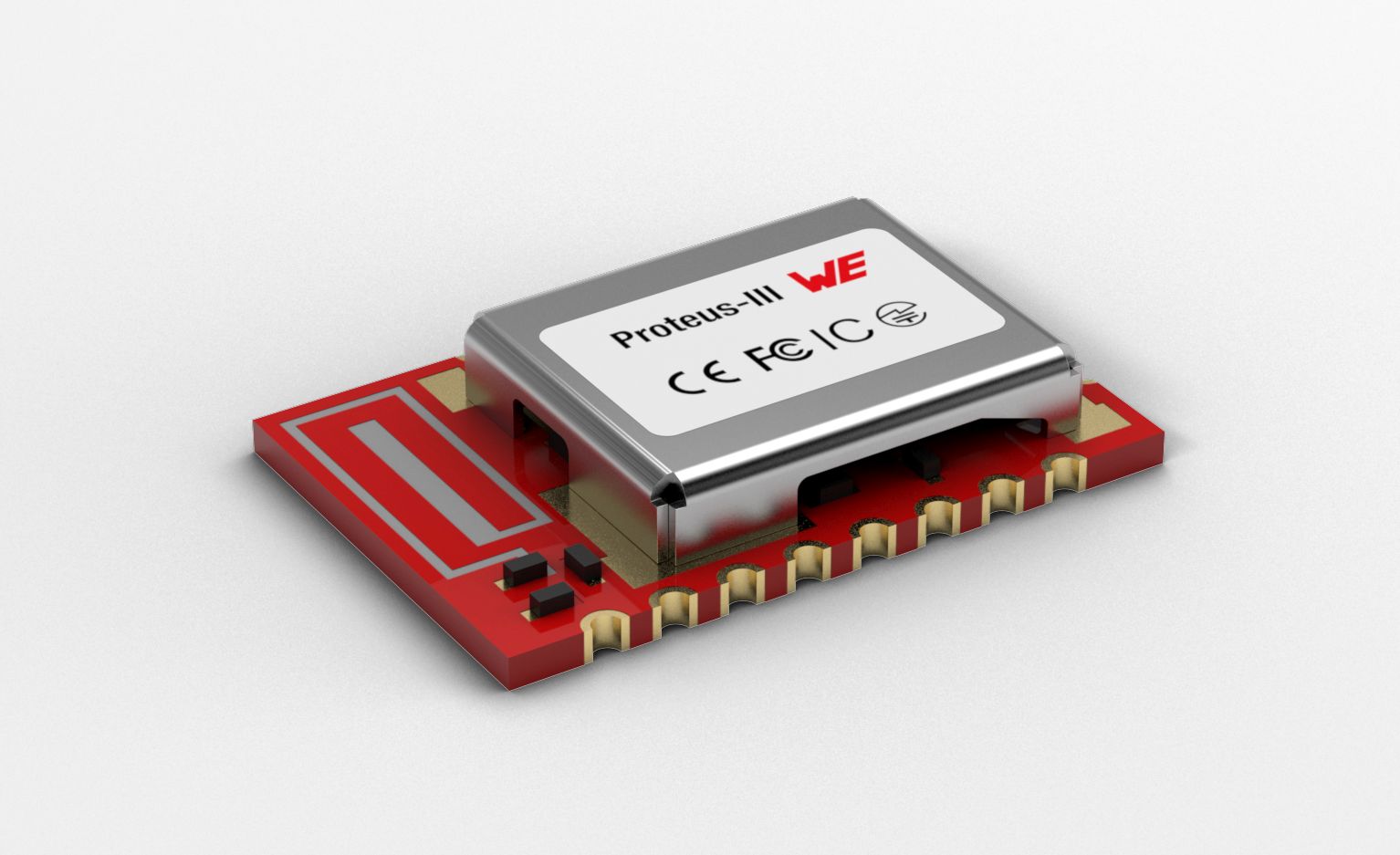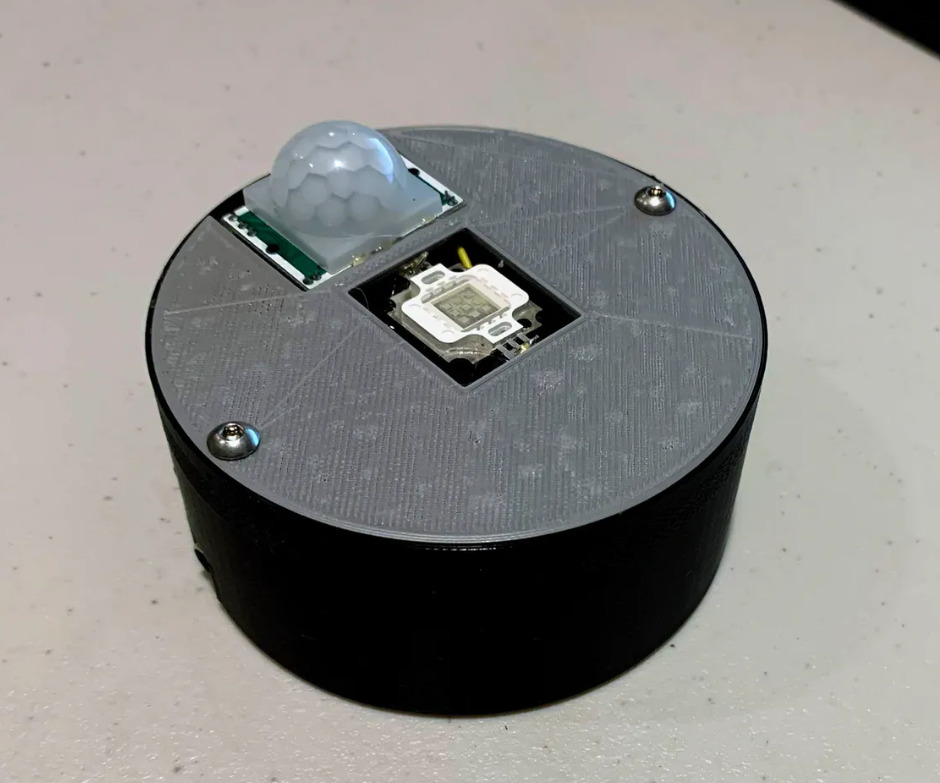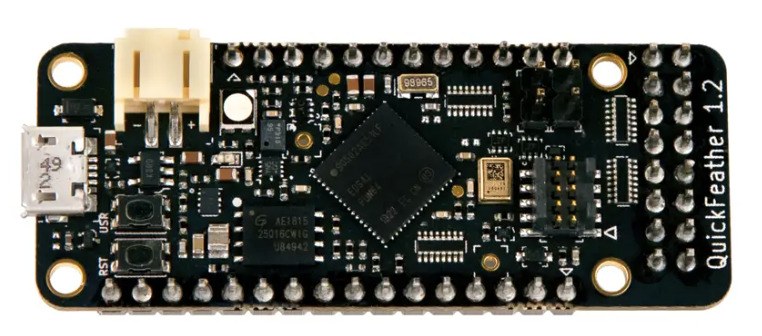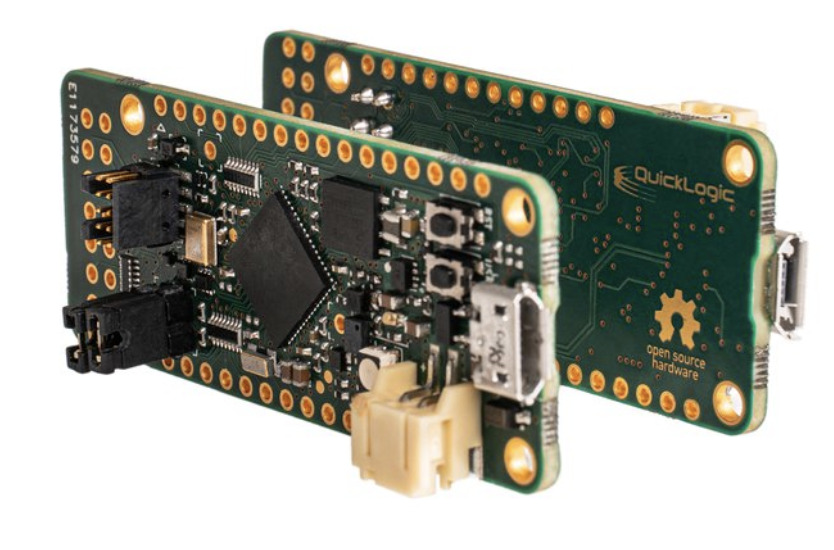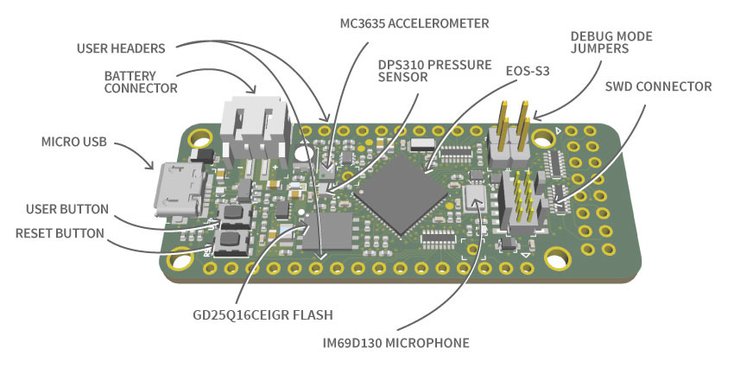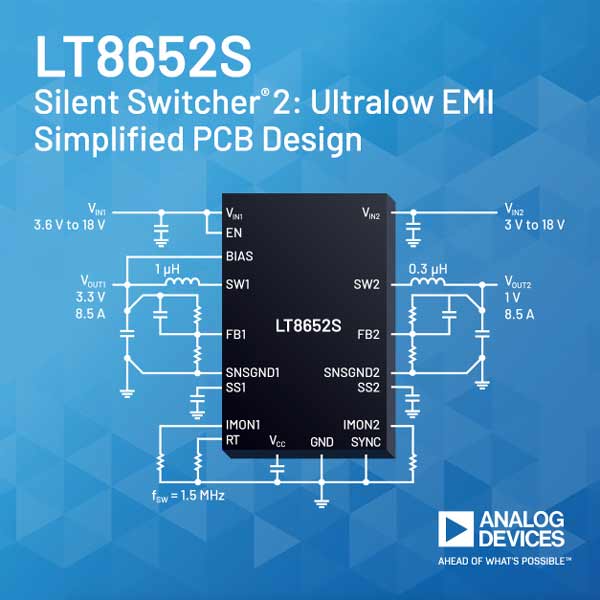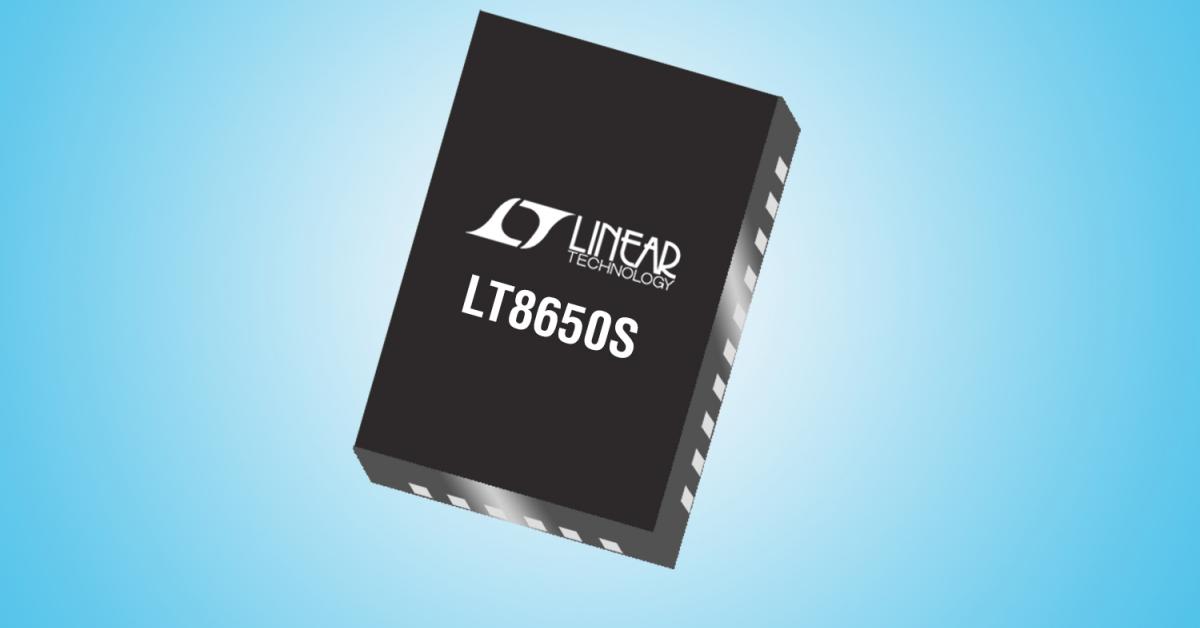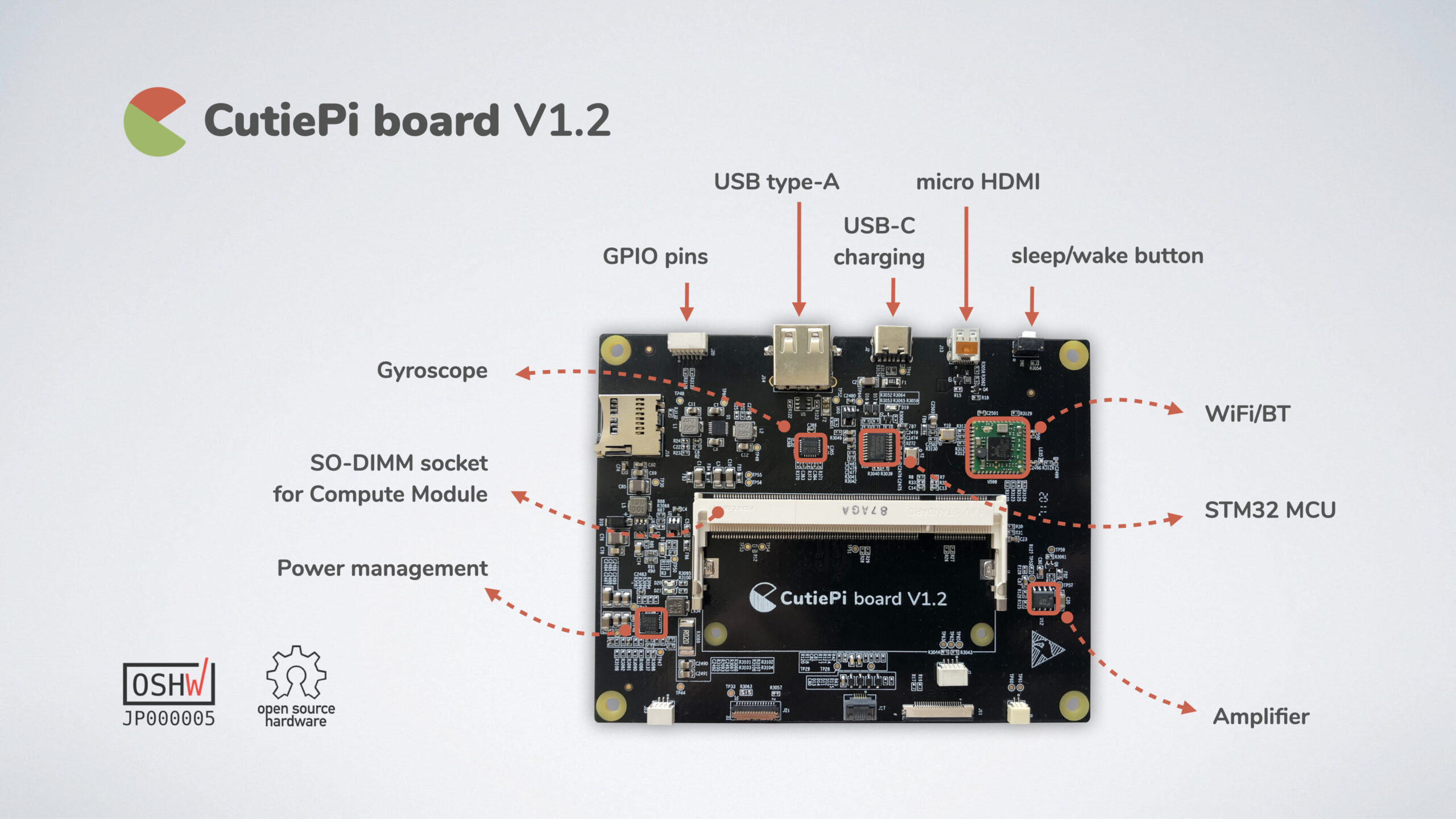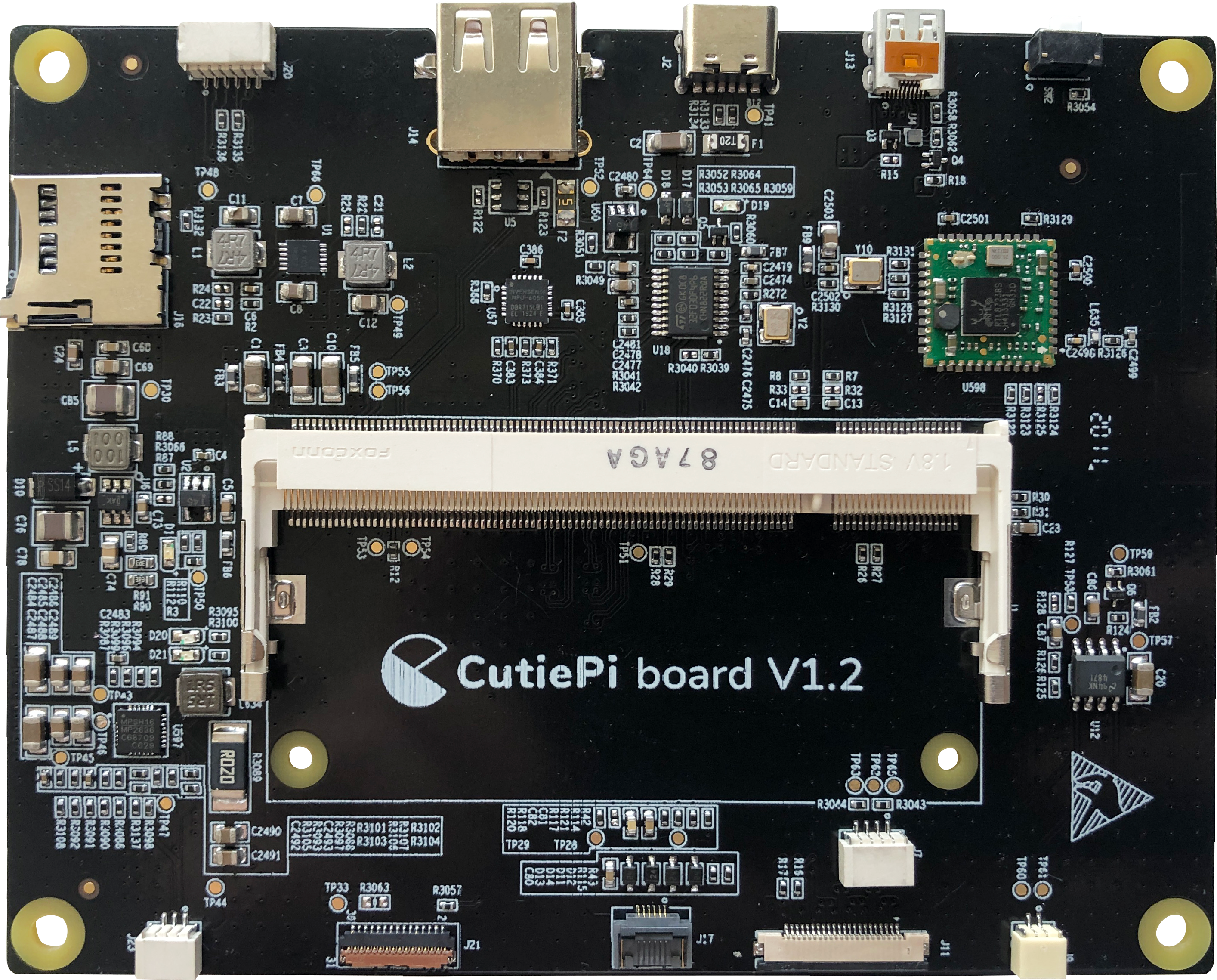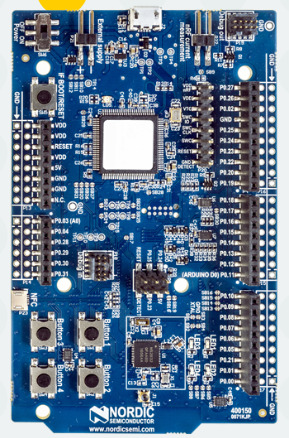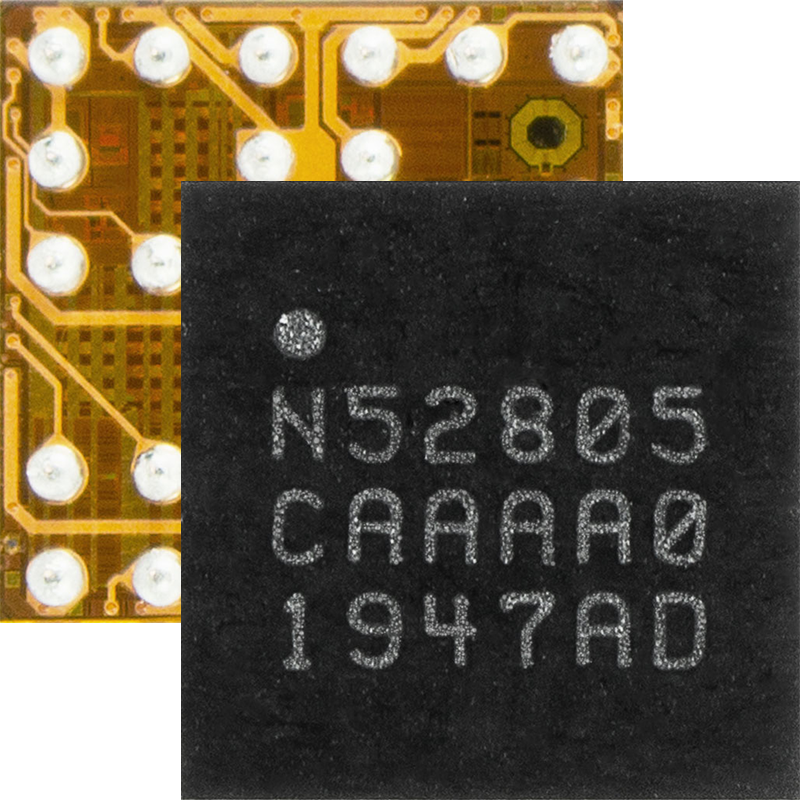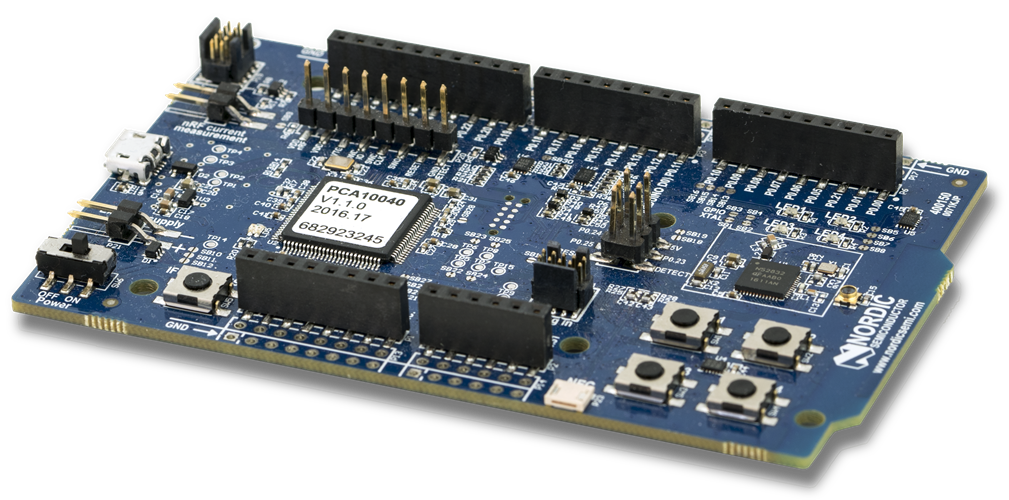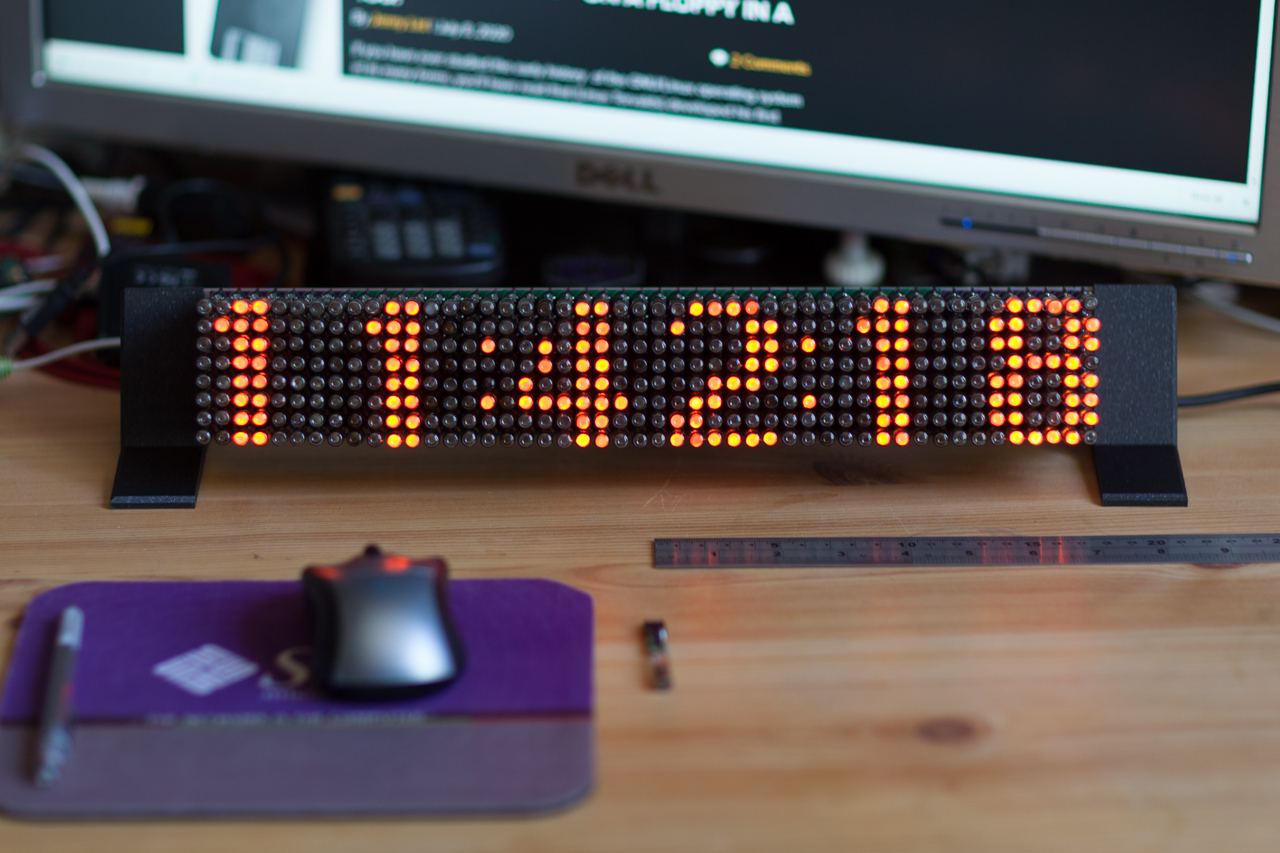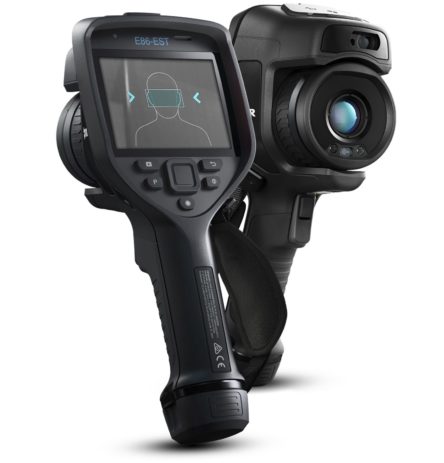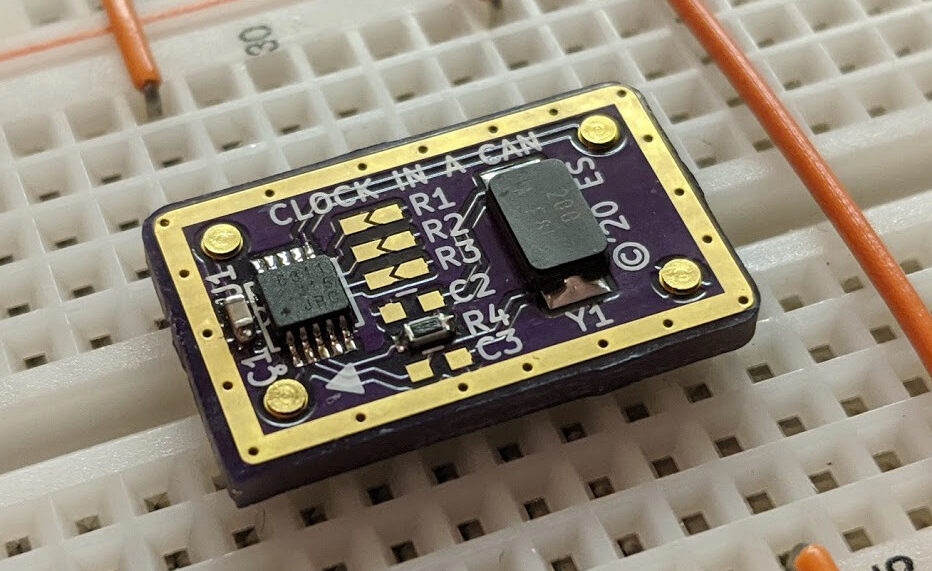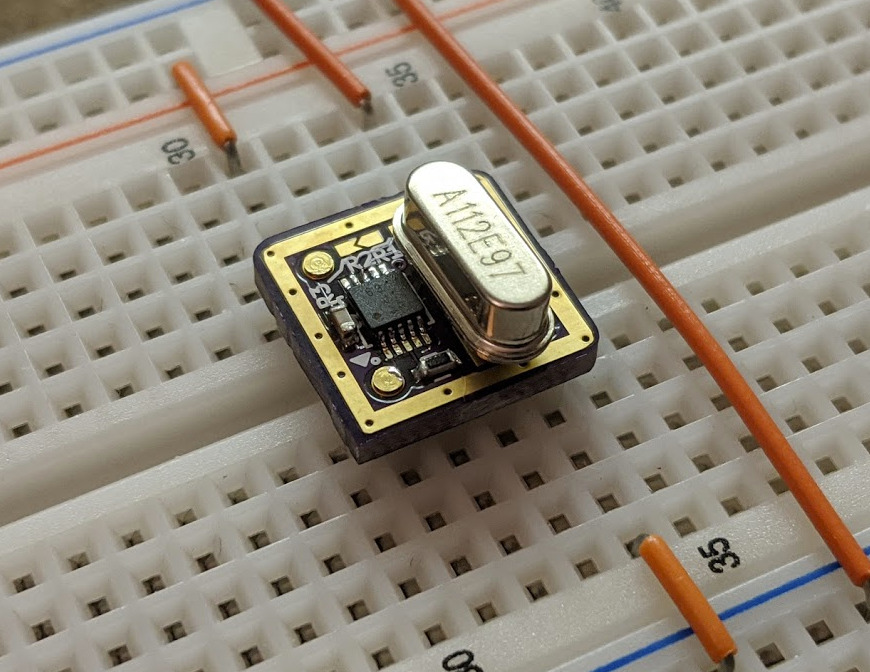Würth Elektronik offers the Bluetooth® Low Energy 5.1 module Proteus-III and the proprietary version Thyone-I. The modules measure only 8 mm x 12 mm x 2 mm, feature an integrated antenna, encryption technology, six configurable I/O pins, and are based on the Nordic Semiconductor nRF52840 chipset. They can be used for IoT and M2M applications; for example, to build radio-based maintenance interfaces and sensor networks. The WE-ProWare firmware, which has been industry proven over many years, makes the modules extremely versatile.
The Proteus-III module is a radio sub module/device for wireless communication between devices such as control systems, remote controls, sensors, and more. With regards to Bluetooth LE 5.1, it offers a fast and secure data transmission of data packages between two or more parties (point-to-point topology). A serial interface (UART) is available for communication with the host system. The Proteus-III uses the Bluetooth LE standard to provide general data transmission between several devices. The standard itself offers a wide range of configurations and possibilities to suit and optimize sophisticated customer applications. To fulfill the needs and specifications of such applications a tailored firmware can be developed based on the Proteus-III hardware. This includes the connection and communication to custom sensors, custom Bluetooth LE profiles, timing configurations, security configuration, and power consumption optimizations. Even with its small dimensions of 8 mm x 12 mm, the Proteus-III provides a strongly miniaturized integrated PCB antenna. It is possible to connect an external antenna if high radio ranges are of interest.
- Bluetooth Low Energy 5.1 standard with 2 Mbit PHY and coded PHY (long-range)
- Nordic nRF52840
- Includes DIS (device information service)
- Payload size up to 964 Bytes
- Nano-sim size
- Serial data transmission (smart serial profile)
- Six configurable digital I/O pins (local and remote)
- Up to 8 dBm output power
- Smart antenna configuration (2-in-1 module)
- Peripheral only mode (transparent)
- High throughput mode
- Scan and connect in long-range mode
- Range up to 750 m
- Smart antenna configuration (2-in-1 module)
- Nano-sim size
- Broadcast, multicast and 4 Byte addressing (Unicast)
- End-to-end payload throughput up to 400 kbit/s
- Integrated radio profiles for 125 kbit/s, 500 kbit/s, 1000 kbit/s, and 2000 kbit/s, gross
- CE, FCC, IC, ARIB
- Six configurable digital I/O pins (local and remote)
- MESH networking capable
- Encryption (AES128)
- Transparent mode: serial-to-radio
The Thyone-I module is a radio sub-module for wireless communication between devices such as control systems, remote controls, sensor nodes, and more. Operating in the globally available 2.4 GHz license-free band, Thyone-I offers a robust and secure data transmission in point-to-point as well as mesh configurations. The Thyone-I is preloaded with the WE-ProWare radio stack which ensures high flexibility without compromising the reliability. Interfacing with the host system via serial UART, the module allows easy configuration and control of the radio using a simple command interface. To ensure ease-of-use for cable replacement applications, the module also offers a transparent mode to function as a serial-to-radio adapter. Small dimensions comparable to a nano-sim card (8 mm x 12 mm) including an on-board PCB antenna make Thyone-I ideal for small form-factor design.
- ANR009 Proteus-III Advanced Developer Guide Application Note
- ANR010 Range Estimation Application Note
- ANR014 Proteus Quickstart Application Note
- ANR016 Radio Module Migration Guide Application Note
- Bluetooth® Low-Energy Radio Solutions Flyer
- Proteus-III Reference Manual
- 2.4 GHz Proprietary Radio Module: Thyone-I
- Thyone-I User Manual


